You are using an out of date browser. It may not display this or other websites correctly.
You should upgrade or use an alternative browser.
You should upgrade or use an alternative browser.
Health Care in India : News & Updates
- Thread starter RISING SUN
- Start date
India’s plan for fortified rice needs infra overhaul as deadline looms

India’s plan for fortified rice needs infra overhaul as deadline looms
Despite the country’s rapid economic growth, a large number of children and women still suffer from significant levels of hunger and malnutrition.
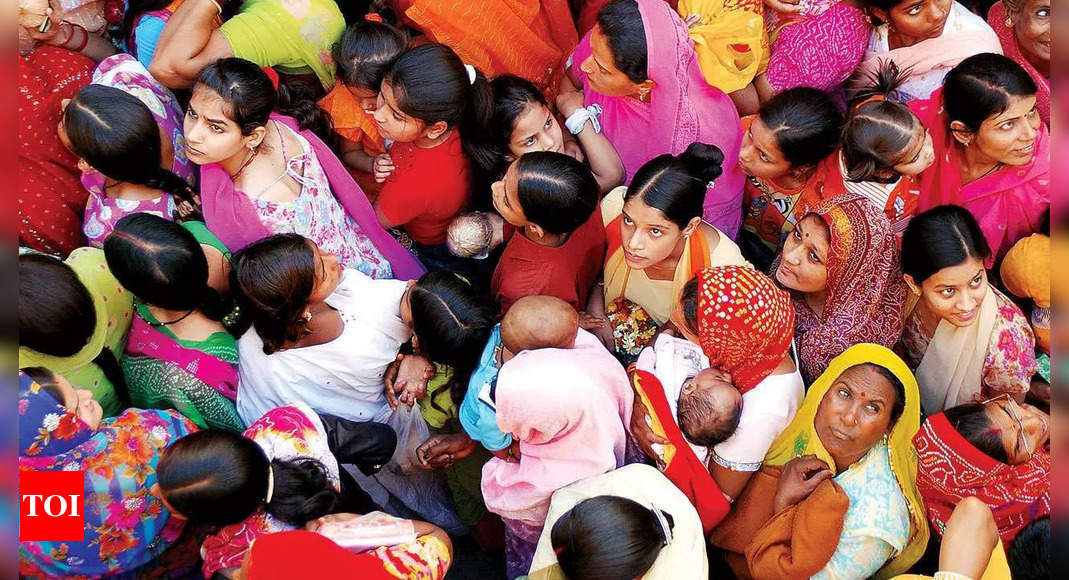
In 7 charts: India's fertility rate drops below replacement level; obesity rate rising | India News - Times of India
India News: India's Total Fertility Rate (TFR) has declined from 2.2 to 2.0 as per the fifth round of the National Family Health Survey (NFHS-5). There are now on
Death registrations show 6% rise in pandemic year 2020: Registrar General
New data released Tuesday by the office of the Registrar General showed that 81.16 lakh deaths were registered in the country in 2020, about six per cent higher than the previous year’s number, which is consistent with the recent trend of increasing registrations of births and deaths in the country.Data from the civil registration system (CRS) showed that while the number of registered births in 2020 had declined from 2.48 crore in 2019 to 2.42 crore, the death registrations had increased from 76.41 lakh in 2019 to 81.16 lakh now.
These are not the actual number of births and deaths in India in 2020, but only those births and deaths which got registered. Registration of births and deaths have been steadily increasing in recent years. The registration of deaths, in particular, has seen a sharp jump in the last three years. In 2019, for example, 92 per of all deaths had been registered, a significant increase from 79 per cent registrations just two years earlier (2017). Almost 95 per cent of all births are now registered.
The actual number of births and deaths in India is estimated through a separate survey-based process known as Sample Registration System, or SRS. In 2019, for example, 83.01 lakh people were estimated to have died in India, of which 76.41 lakh deaths, or 92 per cent, got registered in the civil registration system. The SRS data for 2020 is still not available, because of which the percentage of registration in 2020 is not known as of now.
There is keen interest in the death numbers of 2020 because of the large number of deaths caused by Covid-19. According to official figures, about 1.49 lakh people had died due to Covid-19 in 2020. As of now, over 5.23 lakh people are known to have died because of Covid-19.
The CRS figures released Tuesday do not say anything about Covid-19 deaths. They only talk about the total number of registered all-cause deaths in the year. These numbers, on their own, do not throw any light on the actual number of Covid-19 deaths in the country.
Still, NITI Aayog member (Health) Dr VK Paul said the CRS data was an indication that the actual number of Covid-19 deaths in the country in 2020 was probably not vastly different from the official toll.
“This data does not attribute the cause of death, but of course the 4.74 lakh excess (registered) deaths (compared to the previous year) will include Covid-19 deaths as well. There may be some more deaths due to Covid-19 as compared to the reported numbers but now we have the actual count of deaths from 2020. This is the total envelop within which you are talking of excess mortality and, therefore, the Covid-19 toll cannot be in some exorbitant multiple,” Paul said.
He said the increase in registered deaths could be because of several reasons.
“Firstly, the excess deaths recorded in 2020 in the report are all-cause mortality and not just because of the new disease. Second, our population between the two years is higher by 1.6 crore and hence the higher number of deaths. Third, the registration of death has become easy, people are more aware, they need the certificates for bank accounts and property settlements, so there is an increasing trend of registrations and that also has to be accounted for,” he said.
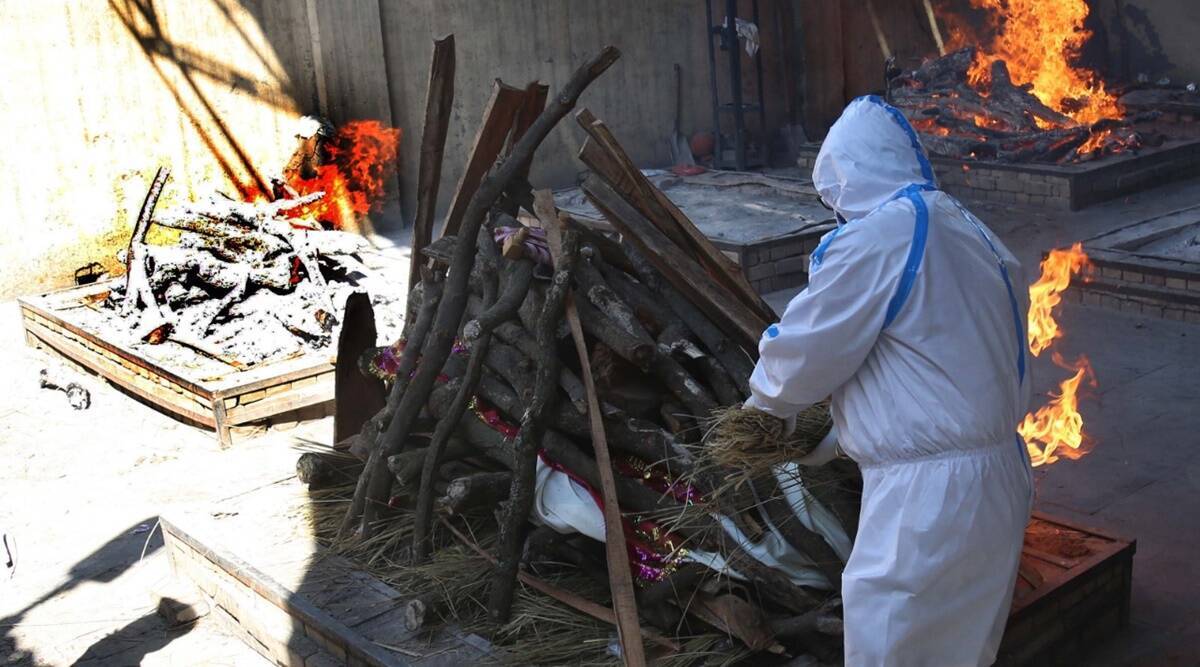
Death registrations show 6% rise in pandemic year 2020: Registrar General
These are not the actual number of births and deaths in India in 2020, but only those births and deaths which got registered. Registration of births and deaths have been steadily increasing in recent years.
30% women in India subjected to physical, sexual violence: NFHS
Nearly one-third of women in India have experienced physical or sexual violence, finds the National Family Health Survey-5 report. While domestic violence against women has declined from 31.2% to 29.3% in the country, 30% women between the age of 18 and 49 have experienced physical violence since the age of 15 years, while 6% have experienced sexual violence in their lifetime, finds the report that was released by Union Health Minister Dr Mansukh Mandviya on Thursday.Only 14% of women who have experienced physical or sexual violence by anyone have brought the issue up.
The NFHS-5 points out that a more granular comparison between NFHS-4 and 5 was not possible since “…the NFHS-4 covered women in the 15-49 age group, NFHS-5 dealt with women in the 18-49 age bracket”.
The survey finds that 32% of married women (18-49 years) have experienced physical, sexual, or emotional spousal violence. The most common type of spousal violence is physical violence (28%), followed by emotional violence and sexual violence.
As opposed to this, only 4% men face domestic violence cases in the country.
Domestic violence against women is highest in Karnataka at 48%, followed by Bihar, Telangana, Manipur and Tamil Nadu. Lakshawdeep has the least domestic violence at 2.1%.
The experience of physical violence is more common among women in rural areas (32%) as compared to their counterparts in urban areas (24%) and a woman’s experience of violence declines sharply with increased schooling and wealth – both for the female victim, as well as the male perpetrator.
The survey says, 40% women with no schooling are subject to physical violence compared to 18% who completed their schooling. The experience of physical violence ranges between 39% among women in the lowest wealth quintile and 17% in the highest wealth quintile.
In over 80% cases of physical violence against women, the perpetrator is the husband.
Husbands who have completed 12 or more years of schooling are half as likely (21%) to commit physical, sexual, or emotional spousal violence as those with no schooling (43%). “Experience of spousal physical or sexual violence varies greatly with the level of the husband’s alcohol consumption. 70% of women whose husbands often get drunk have experienced spousal physical or sexual violence, compared with 23% of those whose husbands do not drink,’’says the report.
The report finds that women in the 40-49 age bracket experience more violence than those in the 18-19 category

30% women in India subjected to physical, sexual violence: NFHS
Only 14% of women who have experienced physical or sexual violence by anyone have brought the issue up.
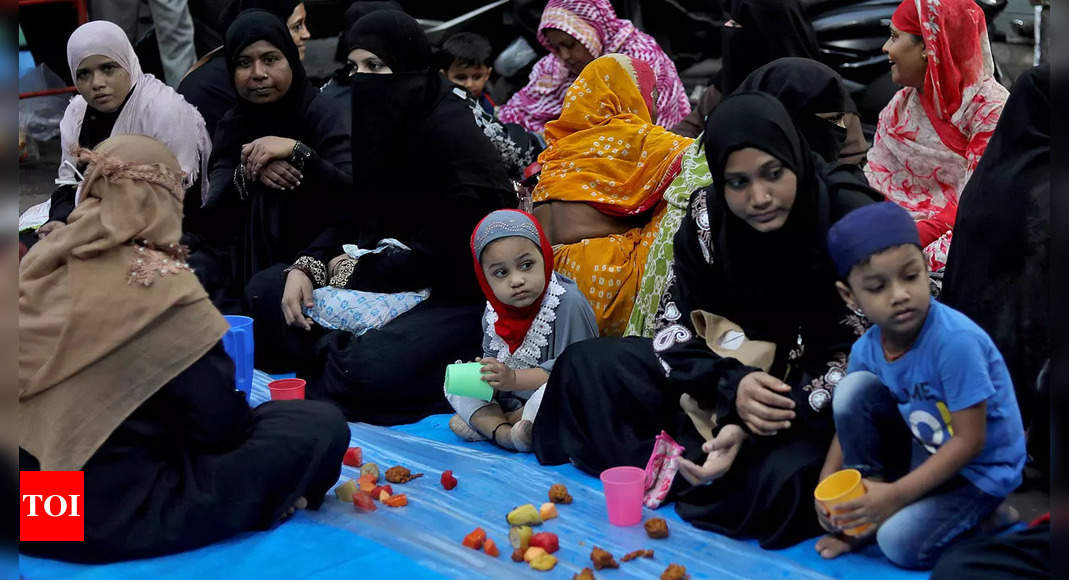
Total fertility rate down across all communities | India News - Times of India
India News: The total fertility rate, defined as the average number of children who would be born to a woman in her lifetime, has declined for all communities bet
One in every 36 infants still dies before first birthday in India: Data
According to the new data, present level of IMR (28 infant deaths per thousand live births, for the year 2020) is less than one-fourth as compared to 1971 (129 infant deaths per thousand live births).Despite the decline in infant mortality rate over the past few decades, one in every 36 infants still dies within the first year of their life in India, according to official data.
The Infant Mortality Rate (IMR), which is widely accepted as a crude indicator of the overall health scenario of a country or a region, is defined as the infant deaths (less than one year) per thousand live births in a given time period and for a given region.
According to the new data released by the Registrar General of India, the present level of IMR (28 infant deaths per thousand live births, for the year 2020) is less than one-fourth as compared to 1971 (129 infant deaths per thousand live births).
In the last 10 years, the IMR has witnessed a decline of about 36 per cent and the IMR at the all-India level has declined from 44 to 28 in the last decade.
"The corresponding decline in rural areas is 48 to 31, and for urban areas it is from 29 to 19, thereby exhibiting about 35 per cent and 34 per cent decadal decline respectively," it said.
However, the bulletin said that "despite the decline in the IMR over the last decades, one in every 36 infants die within first year of their life at the national level (irrespective of rural-urban)".
In 2020, the maximum IMR has been reported for Madhya Pradesh (43) and the minimum for Mizoram (3).
The birth rate at the all-India level has declined drastically over the last five decades from 36.9 in 1971 to 19.5 in 2020, it said.
The rural-urban differential has also narrowed over these years. However, the birth rate has continued to be higher in rural areas compared to urban areas in the last five decades.
Birth rate has declined by about 11 per cent in the last decade, from 21.8 in 2011 to 19.5 in 2020. The corresponding decline in rural areas is 23.3 to 21.1 (about 9 per cent decline), and for urban areas it is from 17.6 to 16.1 (about 9 per cent decline).
Birth Rate is a crude measure of fertility of a population and is a crucial determinant of population growth. It gives the number of live births per thousand population in a given region and year.

One in every 36 infants still dies before first birthday in India: Data
According to the new data, present level of IMR (28 infant deaths per thousand live births, for the year 2020) is less than one-fourth as compared to 1971 (129 infant deaths per thousand live births).
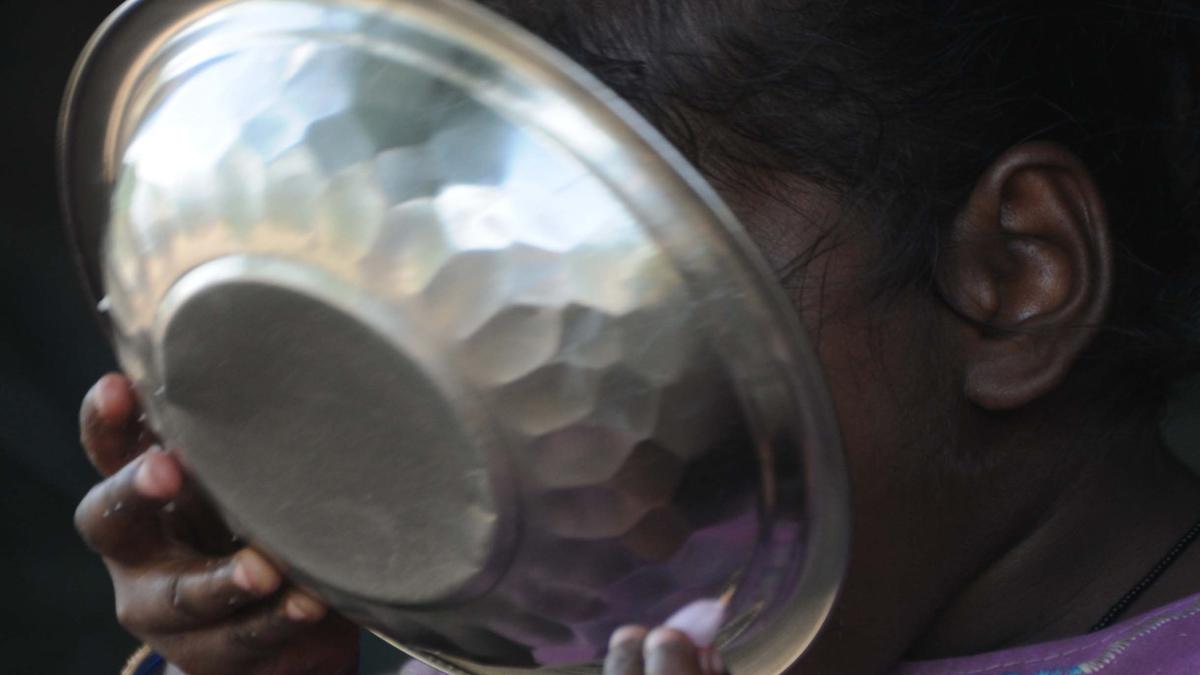
Malnutrition in India is a worry in a modern scenario
The country’s response to its burden of malnutrition and growing anaemia has to be practical and innovative
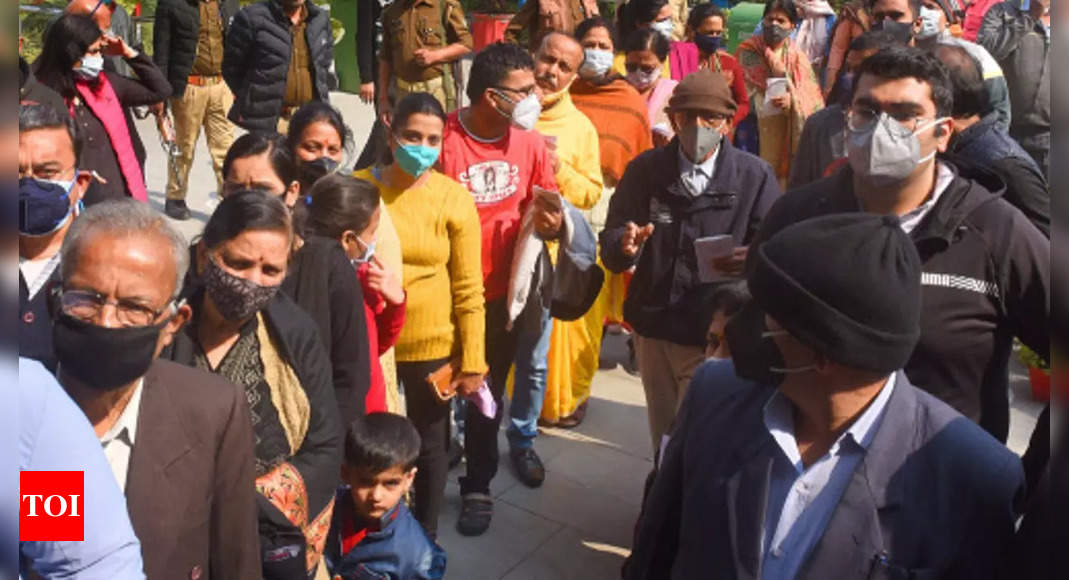
India’s life expectancy inches up 2 years to 69.7 | India News - Times of India
India News: India’s life expectancy at birth inched up to 69.7 in the 2015-19 period, well below the estimated global average life expectancy of 72.6 years. It ha
Why indigenous HPV vaccine has the potential to drastically bring down the incidence & deaths caused by cervical cancer in India?
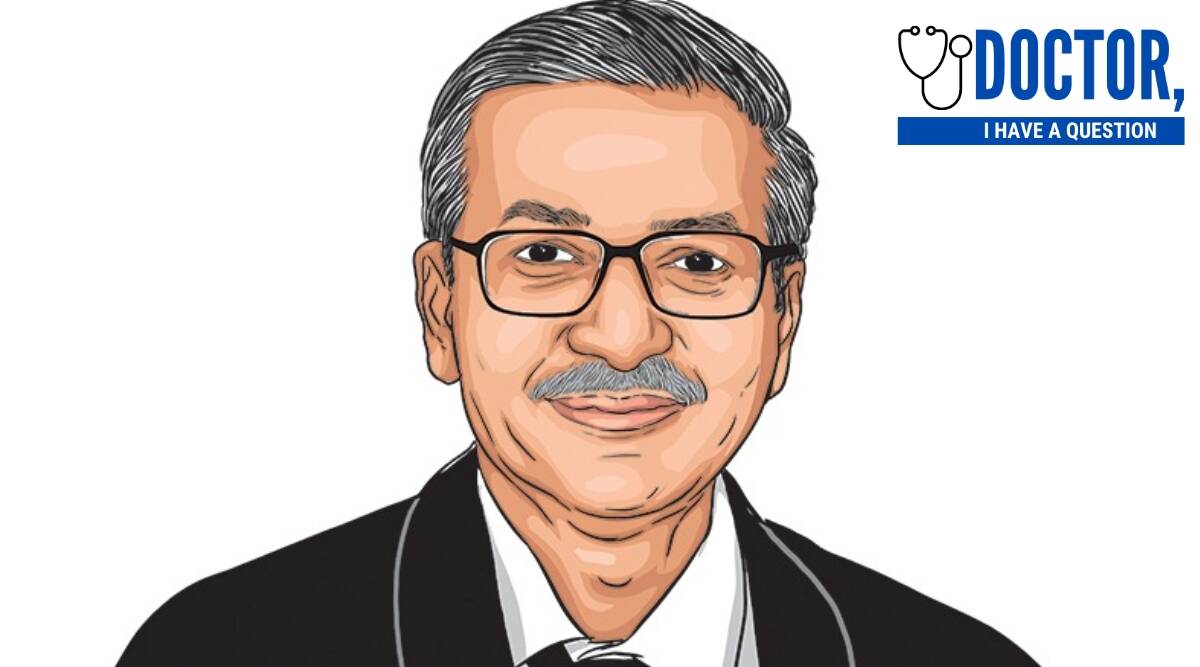
Why indigenous HPV vaccine has the potential to drastically bring down the incidence & deaths caused by cervical cancer in India?
India in the next few months will have an indigenously developed human papilloma virus (HPV) vaccine --- Cervavac --- that will offer protection against cervical cancer, the second largest killer among cancers in women.
India’s population may shrink by 41 crore by 2100, population density to decline at a fast clip
India is the second most populous country in the world but its population is estimated to shrink by 41 crore in the next 78 years. While a high population means fewer resources for an individual, the shrinking of the population is not a panacea either — or so recent scholarly works show.When the population growth is negative, knowledge and living standards stagnate for a population that gradually vanishes, a Stanford study showed. This is, of course, a harmful outcome. India’s population density is estimated to fall significantly in the years to come. India and China’s populations look similar at the moment but there is a vast difference in their densities.
While on average, 476 people live in every sq. kilometre in India, it is only 148 people per sq. kilometre in China. By the year 2100, India’s population density is expected to fall to 335 persons per km sq. The fall in India’s population density is projected to be much higher than what is projected for the entire world.
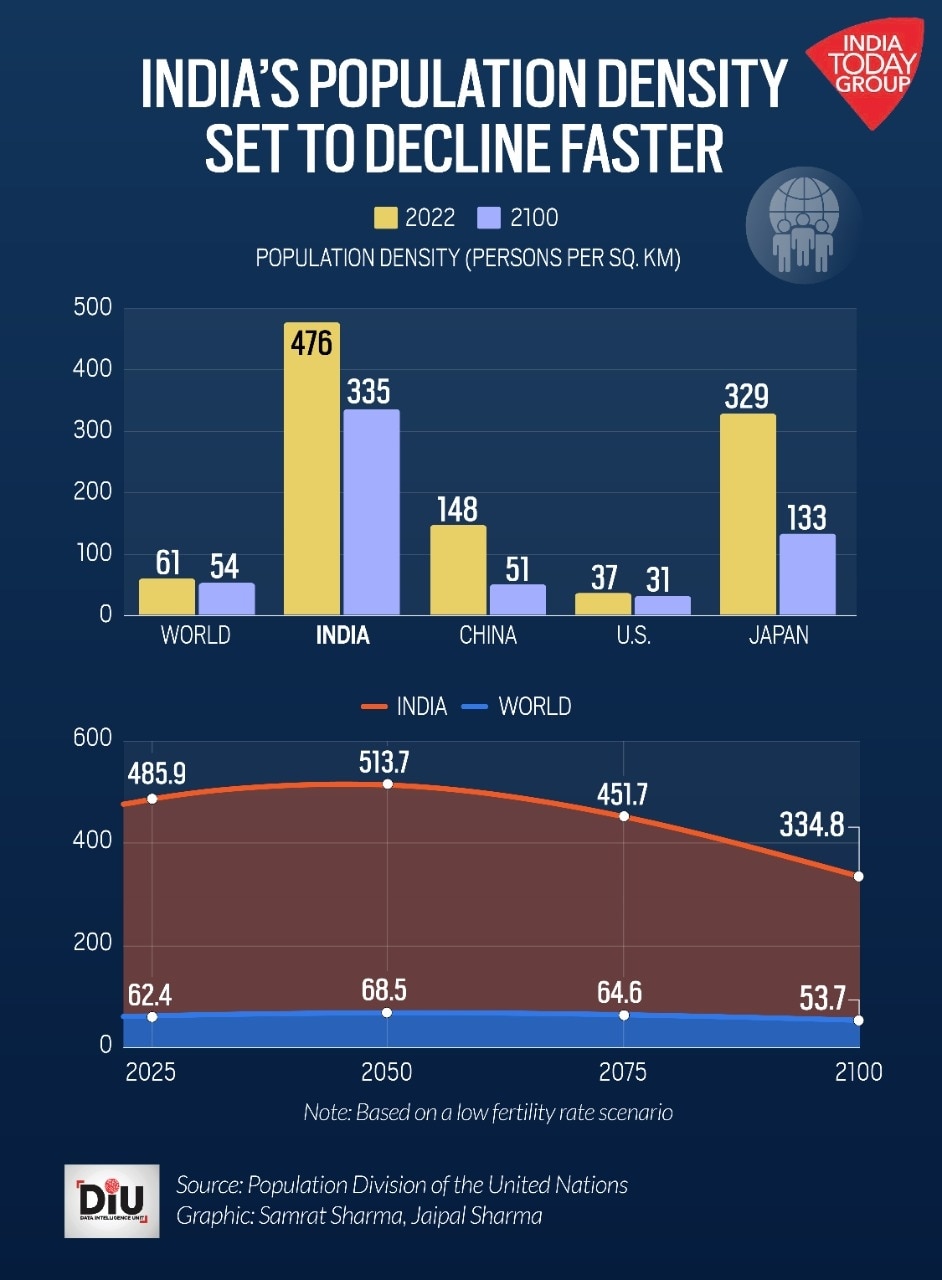
The fall in India’s population density projection is due to the shrinkage of the country’s population estimates. India’s population is expected to fall from 141.2 crore in 2022 to 100.3 crore in 2100, the latest report by the Population Division of the United Nations projects.
Meanwhile, other countries such as China and the U.S. are also expected to witness a similar trend. China may see its population shrink by an astounding 93.2 crore to just 49.4 crore in the year 2100. These projections are based on a low fertility rate scenario. In other words, the total fertility is projected to remain 0.5 births below what it is by around 2050.
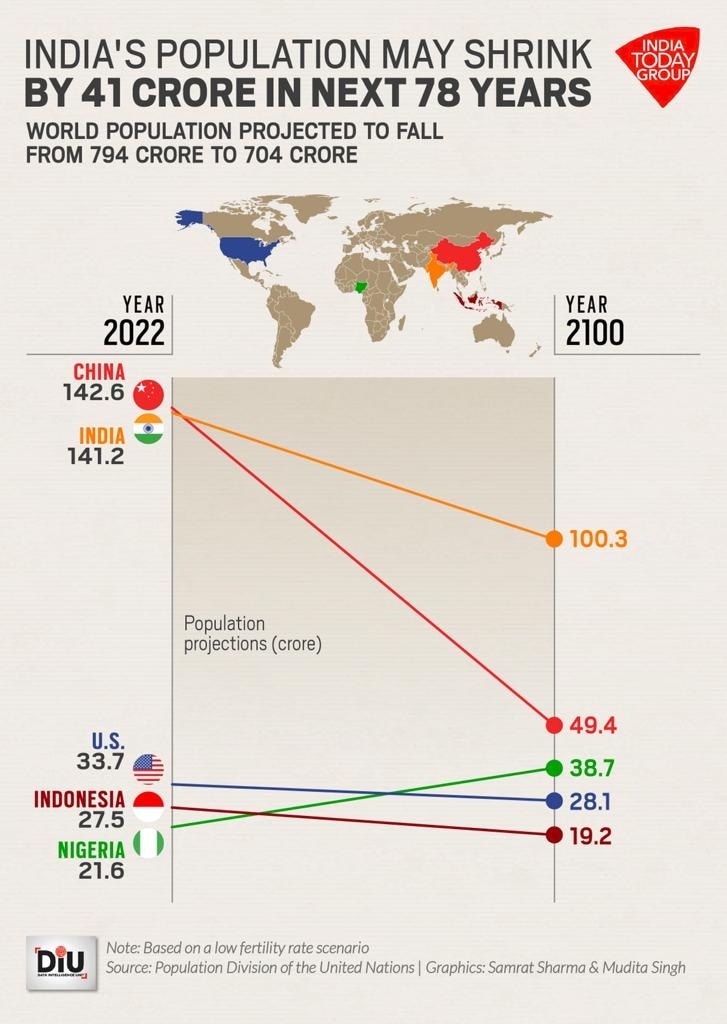
The fall in population is expected due to the decline in fertility rates. Based on the low fertility rate projection scenario, India’s fertility rate is expected to fall from 1.76 births per woman to 1.39 in 2032, 1.28 in 2052, 1.2 in 2082, and 1.19 in 2100.
“A sharp downward trend in India and for the world as a whole is evident. As countries get richer, fertility rates appear to decline to levels consistent, not with a constant population, but actually with a declining population,” the Stanford study noted.
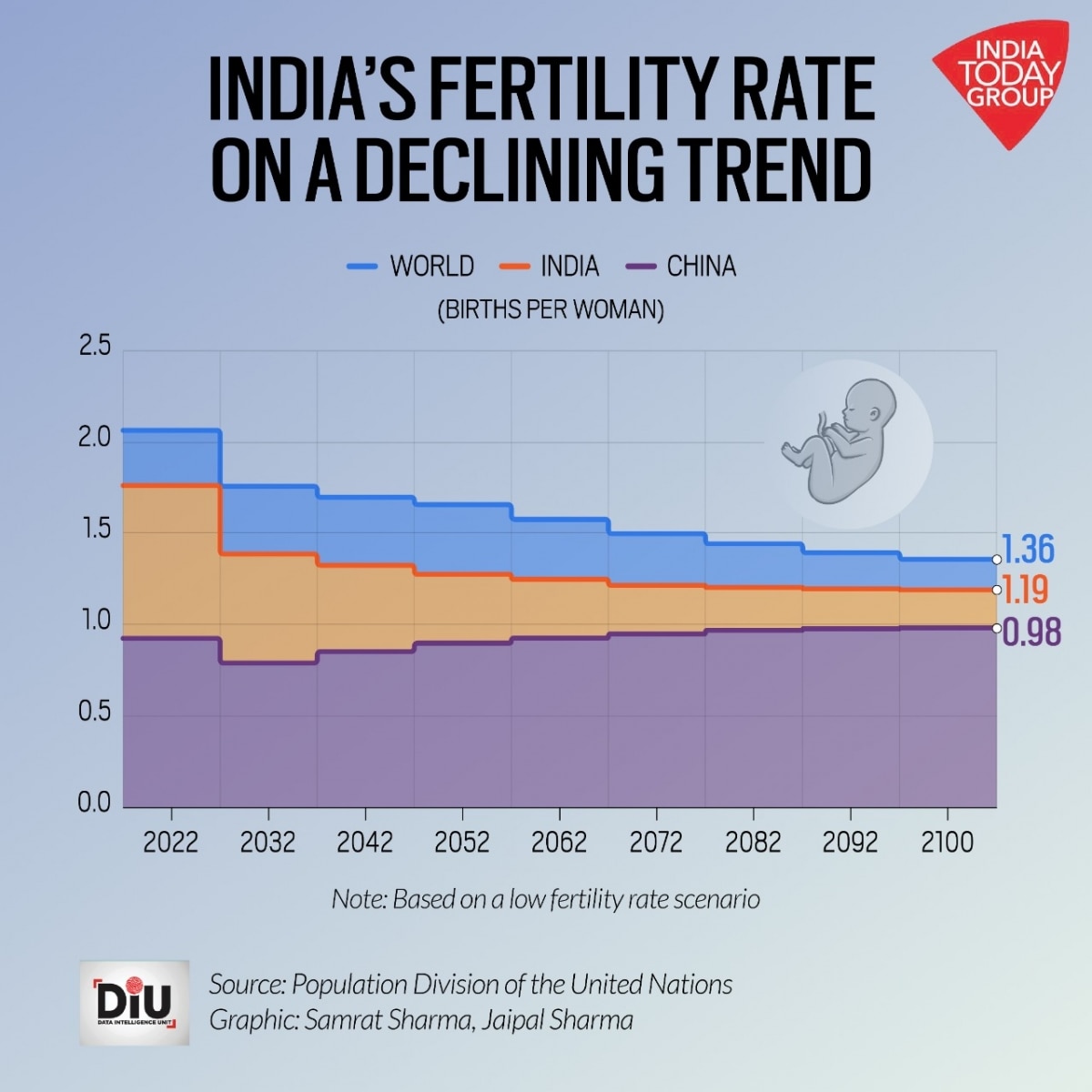
Considering that a gradual rise in the population may open up new windows of opportunities, African countries may have the potential to drive global growth in the second half of this century.
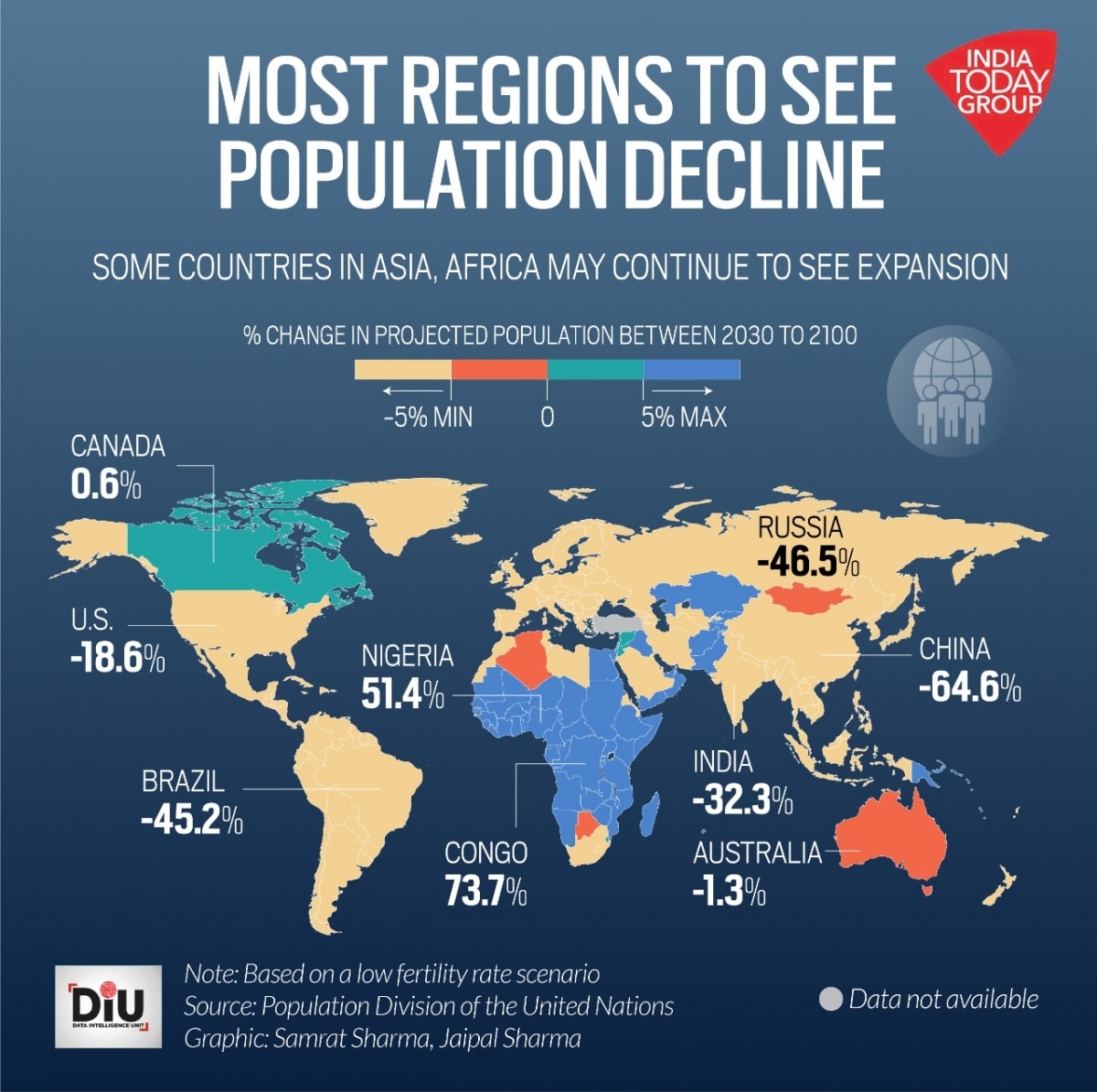
While the projection for most of the global regions shows a negative prospect for the population, countries such as Congo, Egypt, Ethiopia, and Nigeria show an upward trend in population base.
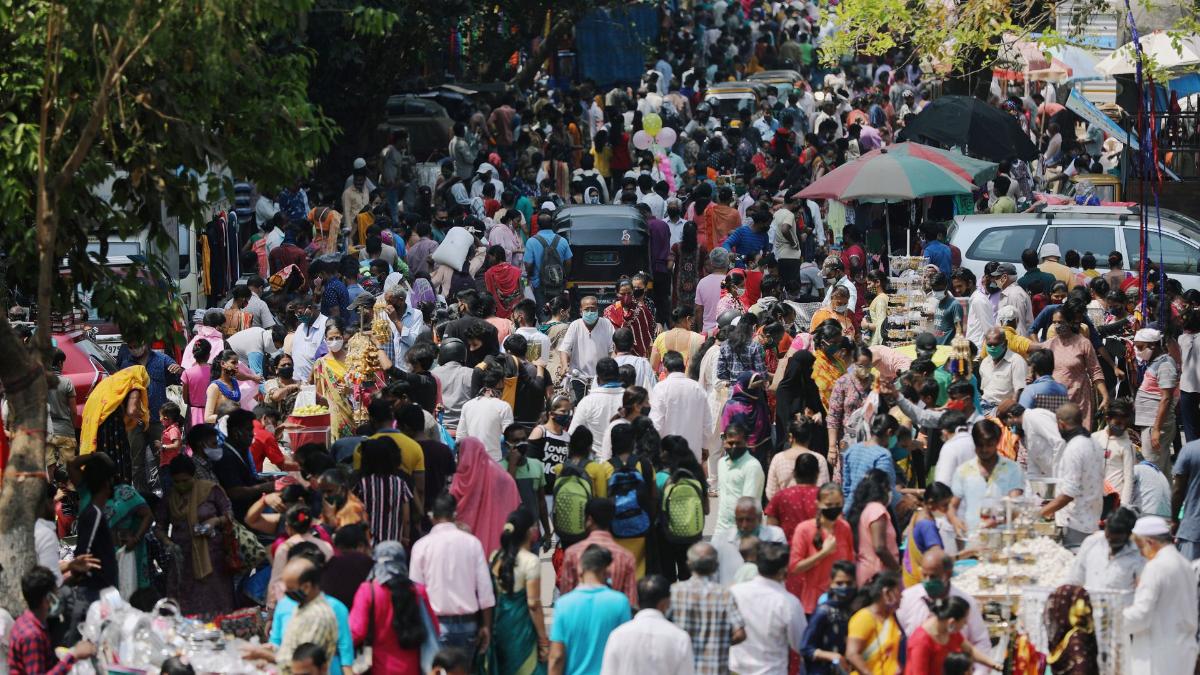
India’s population may shrink by 41 crore by 2100, population density to decline at a fast clip
India is the second most populous country in the world but its population is estimated to shrink by 41 crore in the next 78 years.
India has met contraceptives need of more than 90% of women, adolescents, says Lancet study
Study conducted by researchers from University of Washington provides estimates on worldwide contraceptive use — overall need and types used — from 1970 to 2019.
https://api.whatsapp.com/send?text=...-women-adolescents-says-lancet-study/1047526/

New Delhi: The number of women of reproductive age (15-49) in India who face the need to prevent pregnancies but have no access to contraceptives reduced by over 13 percentage points between 1970 and 2019, shows a study on worldwide contraceptive use published in The Lancet journal Friday.
According to the study, over 160 million adolescents (15-19 years) and women (20-49 years) “remain with unmet need for contraception worldwide”, while the ‘demand satisfied’ category has grown to 79 per cent in 2019, from 55 per cent in 1970.
The study, conducted by researchers from the University of Washington, US, provides estimates on worldwide contraceptive use — its overall need and the types used — having tracked it continuously from 1970 to 2019, categorising the data by country, age group and marital status.
According to the data published, in 2019, about 8.5 per cent of women and adolescents in India had an unmet need of contraceptives. As many as 62.2 per cent in India used female sterilisation as contraception.
“In India, the larger proportion of women using female sterilisation is likely to be associated with incentives for sterilisation provided to some groups by the Indian government,” the authors write in the study.
Expanding access to contraceptives, the researchers note, is linked to women’s social and economic empowerment. Not only does the use of contraceptives reduce maternal and neonatal deaths by preventing unintended pregnancies, it also enables adolescents and women to remain in school, pursue further education and work, the report says.
Based on data from 1,162 self-reported representative surveys on women’s contraceptive use, the study used a modelling method to produce national estimates of various family planning indicators — the proportion of women of reproductive age using any contraceptive method, the proportion of women of reproductive age using modern contraceptive methods, the types of contraceptives in use, demand satisfied with modern methods, and unmet need for any contraceptive method.
The study shows that, worldwide, the share of women of reproductive age using modern contraceptives has increased to 48 per cent in 2019 from 28 per cent in 1970.
Despite the major increases, though, almost 163 million women in 2019 — of the total 1.2 billion women who needed contraception — had unmet need for contraception.
“Although we have observed excellent strides in contraceptive availability since the 1970s at a global level, there’s still a long way to go to ensure that every woman and adolescent girl can benefit from the economic and social empowerment that contraceptives can offer,” Annie Haakenstad, from the Institute for Health Metrics and Evaluation (IHME) at University of Washington, said in a statement.
“Our results indicate that where a woman lives in the world and their age still significantly impacts their use of contraception,” she added.
Largest gaps observed among young, married women
Southeast Asia, east Asia and Oceania had the highest use of modern contraceptives (65 per cent) and demand satisfied (90 per cent). Meanwhile, sub-Saharan Africa had the lowest use of modern contraceptives (24 per cent) and demand satisfied (52 per cent) in 2019, the study shows.
Among countries, levels of modern contraceptive use ranged from 2 per cent in South Sudan to 88 per cent in Norway. Unmet need was highest in South Sudan (35 per cent), followed by Central African Republic (29 per cent) and Vanuatu (28 per cent) in 2019.
The study notes that, in 2019, those in the 15-19 and 20-24 age groups had the lowest rates of demand-satisfied globally — estimated at 65 per cent and 72 per cent, respectively.
Those aged 15-24 comprised 16 per cent of total need but 27 per cent of unmet need —amounting to 43 million young women and adolescents with no access to the contraceptives they need.
The researchers saw that the largest gaps globally were among young, married women.
“Importantly, our study calls attention to young women being overrepresented among those who cannot access contraception when they need it. These are the women who stand most to gain from contraceptive use, as delaying having children can help women stay in school or get other training opportunities and to enter and maintain paid employment,” Haakenstad said in the statement.
“This can lead to social and economic benefits that last throughout a woman’s lifetime and is an essential driver towards greater gender equity,” she added.
The types of contraceptive methods in use vary significantly by location. The authors suggest that the dominance of single methods could indicate a lack of suitable choices for women and adolescent girls.
In 2019, female sterilisation and oral contraceptives were dominant in Latin America and the Caribbean, the oral contraceptive pill and condoms in high-income countries, and IUDs and condoms in central and eastern Europe and central Asia.
Female sterilisation comprised over half of all contraception use in south Asia. In addition, in 28 countries, more than half the women were using the same method, indicating that there may be a limited availability of options in these areas.
“Our study highlights that not only should contraception be available to all women, but there should also be suitable choices of contraceptives. Diversifying options in areas that may be over-reliant on one method could help increase contraceptive use, particularly when the most used method is permanent,” Rafael Lozano, a professor at IHME, said in the statement.

India has met contraceptives need of more than 90% of women, adolescents, says Lancet study
Study conducted by researchers from University of Washington provides estimates on worldwide contraceptive use — overall need and types used — from 1970 to 2019.
 theprint.in
theprint.in

Kerala youth who died Saturday had tested positive for monkeypox
Kerala Health Minister Veena George said the 22-year-old native of Thrissur had no symptoms of monkeypox and that his relatives handed over the test result from abroad only on Saturday.
India has achieved replacement level fertility: Union Minister
India has achieved replacement level fertility, with as many as 31 States/Union Territories reaching a Total Fertility Rate of 2.1 or less, Union Minister of State for Health and Family Welfare Dr. Bharati Pravin Pawar said on Wednesday.Speaking at the National Family Planning Summit 2022, she said that between 2012 and 2020, India added more than 1.5 crore additional users for modern contraceptives thereby increasing their use substantially.
The Minister said that government data shows an overall positive shift towards spacing methods which would be instrumental in impacting positively maternal and infant mortality and morbidity.
The Union Minister emphasised that Mission Parivar Vikas (MPV) 2016 has given further impetus to the National Family Planning Program. Under the scheme, innovative strategies like the distribution of Nayi Pehel kits, Saas Bahu Sammelan, and Saarthi vans are helping in reaching out to the community and initiating dialogues on Family Planning and healthy birth spacing, and the importance of small families. “More than 17 lakh Nayi Pehel kits have been distributed to newly-weds, over 7 lakh Saas bahu sammelans conducted, and over 32 lakh clients have been counselled through Saarthi vans since inception, ‘‘ she said.
India Family Planning 2030 vision document unveiled
During the event, the Minister also unveiled the India Family Planning 2030 vision document and launched the Medical Eligibility Criteria (MEC) Wheel Application, E-Module of Family Planning Logistics Management System (FPLMIS), and Digital Archive on Family Planning under the category of Digital Intervention.Dr. Pawar also introduced the National Family Planning helpline manual, Community Health Officer (CHO) booklet, and ASHA brochure and leaflet (Family Planning).
Union Health Secretary Rajesh Bhushan stated that the Family Planning Programme in India is now over seven decades old, and in this period, India has witnessed a paradigm shift from the concept of population control to population stabilisation to interventions being embedded toward ensuring harmony of the continuum care.
“Although India has achieved replacement level fertility, there is still a significant population in the reproductive age group who must remain at the centre of our intervention efforts. India’s focus has traditionally been on the supply side, i.e. the providers and delivery systems but now it’s time to focus on the demand side which includes family, community and society. Significant change is possible with this focus, instead of an incremental change”, he noted.
India has achieved replacement level fertility: Union Minister
Union Minister of State for Health and Family Welfare Dr. Bharati Pravin Pawar also unveils India Family Planning 2030 vision document
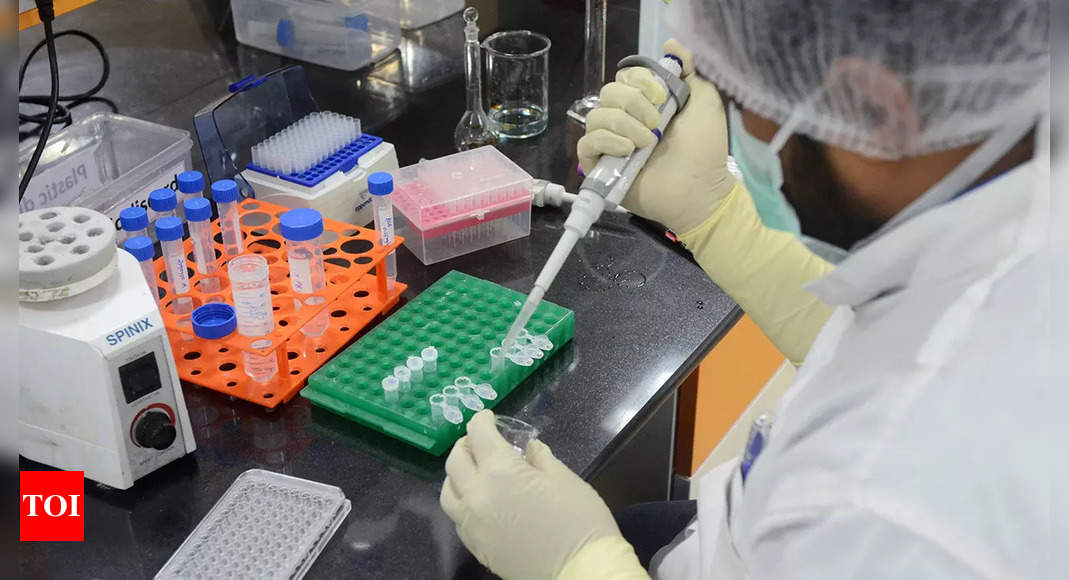
Clinical trial registry ‘doesn’t exist’, ‘ghost staff’ runs tests | India News - Times of India
India News: Officially, the Clinical Trial Registry of India (CTRI) does not exist anymore since there has been no official order extending its existence beyond J
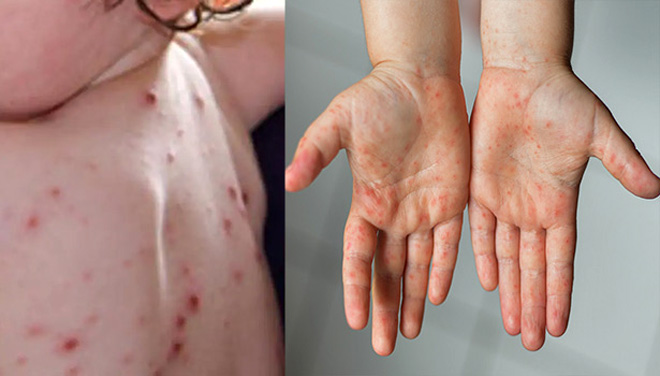
Now ‘Tomato flu’ virus reaches India, infecting children in Kerala
While India is caught in the whirlpool of multiple phases of Covid19 pandemic, a new virus – ‘Tomato Flu’ has reached Kerala, and is infecting children.
 nenow.in
nenow.in
India’s sex ratio at birth normalises slightly
Study says it fell from 111 boys per 100 girls in 2011 to 108 boys per 100 girls in 2019-21

Cipla's Goa plant gets 6 observations from US FDA
Cipla said that the US FDA has issued six observations following the inspection conducted in August 2022 at its Goa plant.
